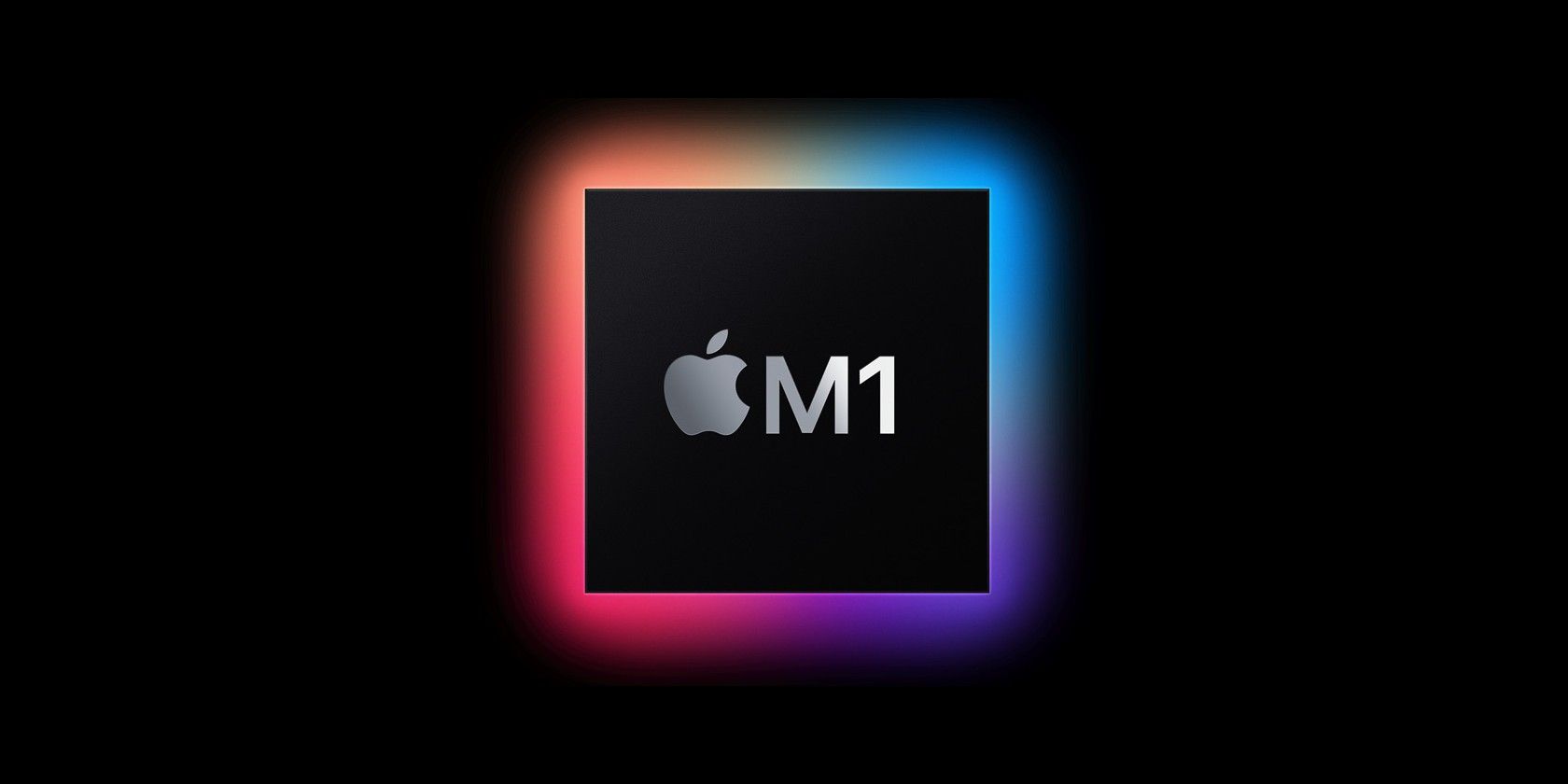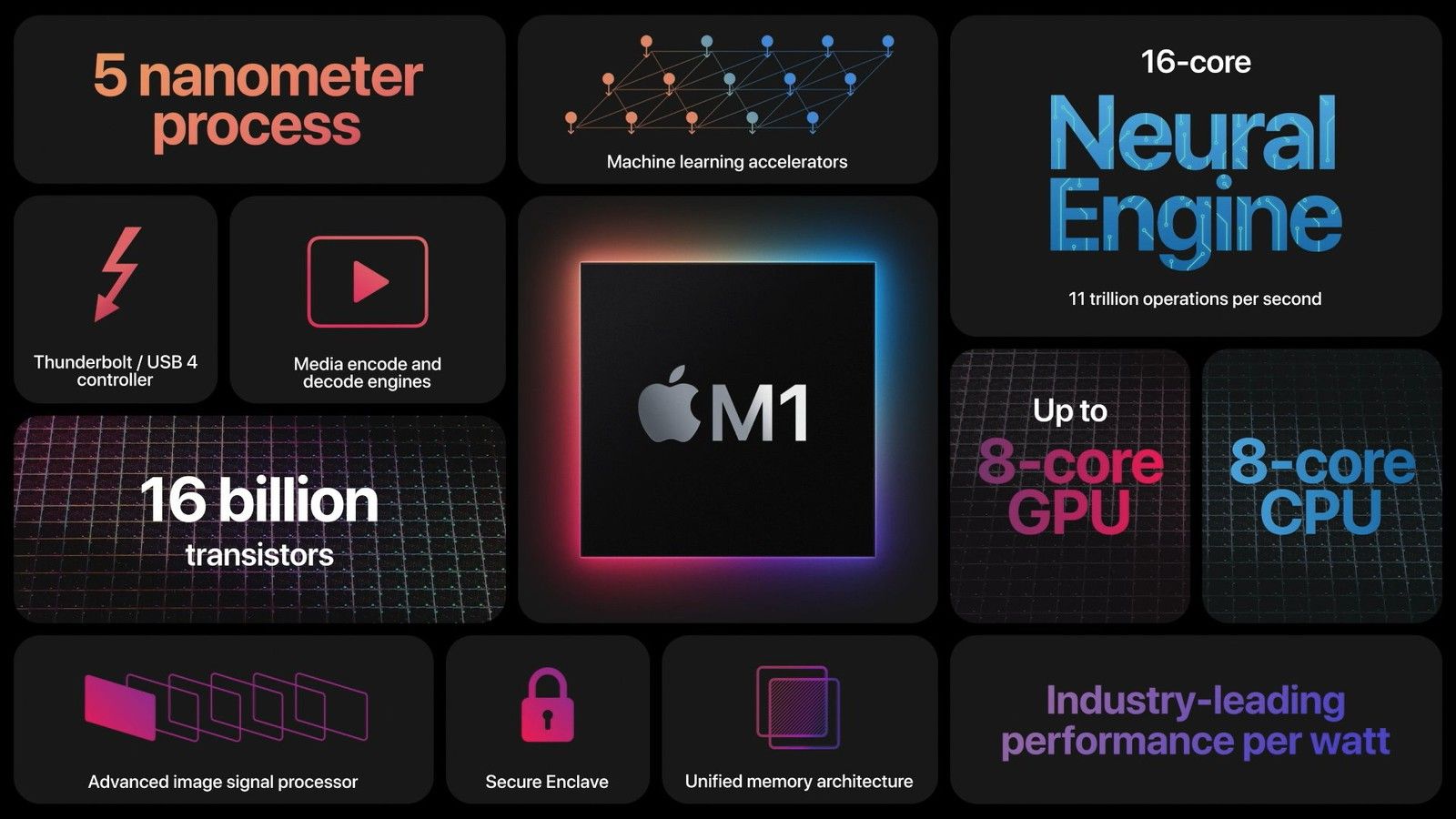The M2 chip, a successor to Apple's current M1 laptop chip for entry-level Mac computers, has reportedly entered into mass production ahead of new Mac models later this year.
Apple M2 Apparently Enters Mass Production
According to a new supply-chain report from Nikkei Asia based on sources familiar with the matter, the Apple-designed chip has now entered mass production. Shipments are scheduled to commence as early as July.
Apple's production partner TSMC is apparently building the M2 on its five-nanometer plus (N5P) technology that's also used to churn out the M1 chips.
Apple is nearing the middle of a two-year transition from Intel technology to its own silicon, a process that started in the summer of 2020. So far, the first M1-powered systems include the 13-inch MacBook Pro, MacBook Air, Mac mini, and 24-inch iMac.
Speculating on the Apple M2 Performance
Similar to its predecessor, the M2 chip will integrate multiple discreet components onto a single chip, a design referred to in semiconductor talk as "System-on-a-Chip" or "SoC". The article states that the M1 combines the CPU, GPU and Neural engine (Apple's artificial intelligence and machine learning accelerators) all on a single silicon die.
The article reveals nothing about the expected M2 speed gains, but it should definitely run faster and cooler than the current M1 processor. That's because Nikkei Asia claims that the M2 will be used in Mac notebooks coming in the second half of this year, with sources claiming Apple will eventually use the chip in other Mac models beyond the MacBook.
Both Apple's 16-inch MacBook Pro and 30-inch iMac would be prime candidates for this chip with their discrete AMD Radeon GPUs, each with its own pool of high-speed memory.
Bloomberg reported at the start of 2021 that Apple's upcoming update to the 16-inch MacBook Pro would bring a total of 20 CPU cores. The M1 has an eight-core CPU with four low-power cores and four high-performance ones. To bring 12 or 20 CPU cores to the 16-inch MacBook Pro, the M2 would need to boost its CPU core count significantly.
The 16-inch MacBook Pro can be equipped with a Radeon Pro 5500M/5600M GPU with 4GB/8GB of dedicated memory, yielding about five teraflops of graphics processing power. The 27-inch iMac comes with a Radeon Pro 5300 with 4GB on the low-end and a Radeon Pro 5700XT with 16GB on the high-end, yielding around 8-12 teraflops of processing power.
By comparison, the M1 delivers around 2.6 teraflops of GPU power. To power the 16-inch MacBook Pro or the 27-inch iMac, the M2 should double the number of GPU cores from eight to 16. On top of that, it'll need to go from the 128-bit memory bus to a 256-bit one.


